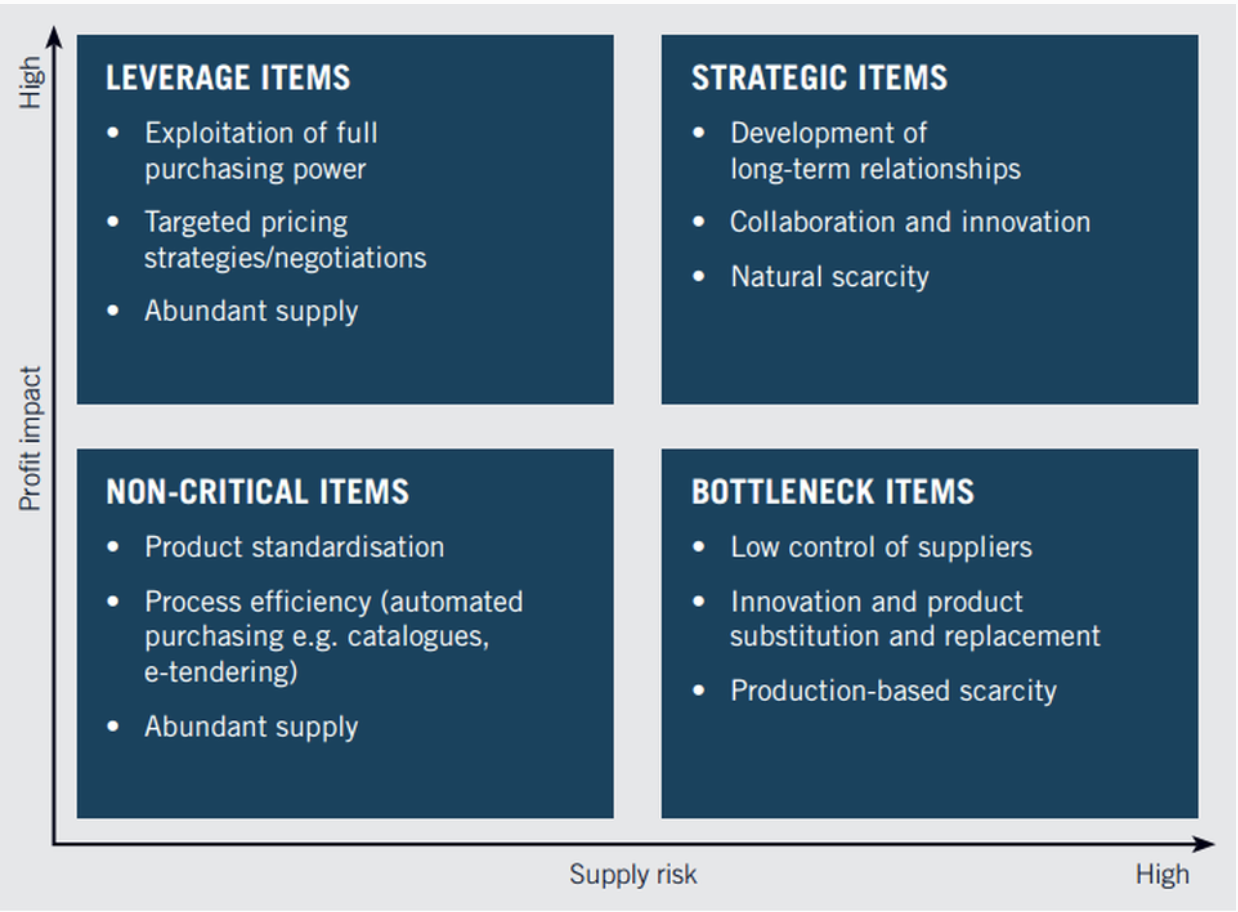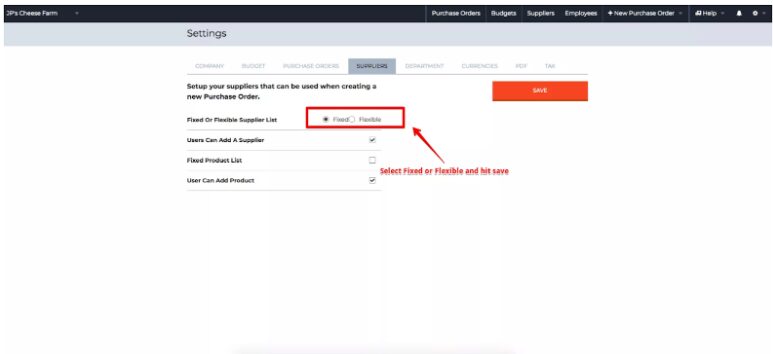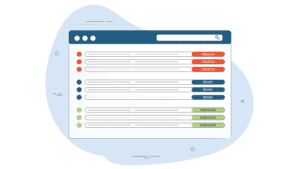
In a retail setting, rebates serve as a way to get consumers to buy a product on the spot, knowing they’ll get their discount sometime down the line. In procurement, they’re a little different. Rebates serve as a way for sellers to meet buyers in the middle during negotiations. Here’s how to get better rebates from your vendors.
In the procurement world, cost reduction represents a huge portion of the strategy. Suppliers lean on rebates as a way to lock buyers in. If buyers switch suppliers, they might get a better price upfront, but they lose the rebate down the line — which in some cases, may represent more significant cost savings.
Most rebates are tied to volume and often include cash or credit if buyers meet a set of conditions laid out in the contract. In this article, we’ll look at negotiating better rebates using the right strategy.
[content_upgrade cu_id=”4240″]How to Use the Kraljic Matrix for Bigger Discounts–click here for your free download[content_upgrade_button]Click Here[/content_upgrade_button][/content_upgrade]
Consider Rebates through the Kraljic Matrix
The Kraljic Matrix is named after Peter Kraljic, who developed the concept in 1983. The matrix was devised as a way to segment suppliers by mapping out potential risks and potential for profit. By using this purchasing model, an organization can improve its performance by spreading goods across four quadrants.

Because we’re talking about rebates specifically, we’re looking at one corner of the Kraljic Matrix — leverage items, which fall on the high-impact, low-risk quadrant of the matrix. These suppliers offer products you can get from multiple vendors. There is an abundant supply, and buyers hold a lot of power.
Leverage items also represent a high percentage of profit for buyers, but it’s easy for them to switch to another vendor because the quality is standardized.
Kraljic’s preferred strategy is to exploit or leverage power in exchange for a better deal. When looking at the 2×2 matrix, this tactic has the highest impact and the lowest risk.
To uncover which suppliers might be good candidates for pursuing rebates, you’ll need to systematically identify which suppliers fit into this category. We’ll cover this method in the next section.
How to Find Suppliers to Approach for Rebates
To understand where your suppliers fit on the matrix, begin by classifying your purchases according to risk.
Supply risk is high when the material is scarce or its availability could be at risk due to an unstable political climate or a natural disaster that wipes out delivery options. Or, it could be that there are very few suppliers that have this one thing.
Profit impact is high when the item adds significant value to your business model. This could be because it makes up a large percentage of output (it’s a part or material used in most of your products) or because it has a high impact on quality.
Run through your list of suppliers and ask, is there a scope for leverage here? Work your way through the following steps to narrow your list of leverage suppliers:
- Prepare portfolio analysis.
- Assess criteria for profit impact and supply risk.
- Determine the extent of this analysis.
- Fill in the matrix — we recommend rating suppliers on a one-to-ten scale, assigning each vendor a score for profit impact and risk.
- Analyze results.
- Work with internal stakeholders to develop a purchasing strategy — what are your rebate goals, price targets?
- Which areas need improvement?
Those that fall in the low-impact or bottleneck category won’t provide much value in terms of securing rebates. Bottleneck items require a strategy aimed at ensuring supply and maintaining costs. Noncritical items are low risk and have little impact on profit. In these cases, it doesn’t make sense to pursue rebates or discounts, as they won’t do much for your bottom line.
Negotiations
Establish rebate deals by starting a conversation with the vendors on your list. Vendors are more than happy to discuss the terms of your agreement. Approach this by explaining the parts of the deal you’re happy with, as well as what you’d most like to change. Ask your supplier to do the same. Again, profitability depends on healthy relationships, so keep this in mind as you head to the bargaining table.
Let Suppliers Know How Much Business They Can Expect
Suppliers want to sell as much as possible, so landing a contract that guarantees a certain amount of orders is a big deal. Procurement is all about creating a mutually beneficial relationship, meaning a successful negotiation results in intensified collaboration.
While the promise of more business is appealing to any vendor, there may be some resistance in discounting large orders. But if you don’t have a track record of ongoing large purchases, they have no guarantee your predictions are accurate. To ease their concerns, provide a sales projection backed by research.
Propose Conditional Discounts
If suppliers won’t come down on price, it’s worth trying to think outside of the cost-slashing box and consider other ways to save some money.
If you are unsure how much product you’ll order from a specific vendor, it’s better to negotiate conditional discounts rather than try to knock down the initial quote. This puts the seller at ease as they’re only on the hook for discounts if you deliver X amount of business.
- Volume-based discount—order x amount of product and you’ll receive a discount
- Discounts for early pay
- Bulk shipping discounts
- Offer deposit in exchange for a discount
- Growth rebates
Talk to Multiple Suppliers
To encourage some competition, talk to a few suppliers and let them know you are gathering quotes and will go with the supplier who offers the best value at the most competitive price or the best rebates.
Just letting suppliers know you’re exploring options could motivate them to move toward more favorable terms.
Consider Transferring Your Business to One Supplier
Are you splitting the sourcing of certain items among several vendors? Suppliers love a buyer that gives them a ton of business. Often, suppliers offer deeper discounts and other perks like longer terms in exchange for loyalty. If you’ve been spreading purchases across vendors, you will need to review the cost savings that come with the transition carefully.
It’s important to note that negotiating rebates isn’t always appropriate. There are times when it might be better to negotiate a lower price. There’s the risk that the rebate won’t be paid or remembered, or the process of getting that rebate is overly complicated or it takes too long.
Brief Buyers on Supplier Changes
Once you’ve established some rebate terms, you’ll need to brief your team. If there are multiple buyers, it’s essential to get everyone on the same page so that you can take advantage of any conditional discounts now outlined in your contracts.
ProcurementExpress.com ensures that everyone is using the preferred list of suppliers. This comes in handy when you’re working with multiple buyers across several locations.
How much flexibility you build in here depends on your organization. Sticking with a strict set of suppliers may pay off big time. Within our system, you can choose between a fixed or flexible supplier list. A fixed list means that only the admin can choose which vendors are approved, which can function as a safeguard against overspending or incorrect orders.

In January, we posted a case study from our client, ISS Ireland. One of the critical benefits they found with our service is tracking vendor relationships through ProcurementExpress.com allowed them to narrow their list of suppliers. By streamlining their vendor lineup, ISS Ireland was able to negotiate a 5% rebate with those suppliers, which translated into €120,000 in savings.
[bctt tweet=”By streamlining their vendor lineup, ISS Ireland was able to negotiate a 5% rebate with those suppliers, which translated into €120,000 in savings. ” username=””]
Review Rebate Results
After implementing these practices, you’ll want to measure your success, as well as try to identify additional ways to save money. Likely, you won’t be able to track the impact of rebate savings for another six to 12 months after implementing the new strategy.
ISS saw significant savings from negotiating rebates with this select supplier list. But they were able to find success by going about the process in a systematic manner.
- Define metrics
- Set targets
- Develop a corrective action plan
- Track purchase orders against budget
To measure value and progress, you’ll need to track ordering metrics and be able to compare results to historical data. It helps if you’ve been using an electronic record-keeping system like ProcurementExpress.com, but if you’re new to digitized procurement, you can add historical records to the system and compare them to your new strategy.
[content_upgrade cu_id=”4240″]How to Use the Kraljic Matrix for Bigger Discounts — click here for more on using the supplier evaluation model[content_upgrade_button]Click Here[/content_upgrade_button][/content_upgrade]
Get Top Rated Purchasing Software & Replace The Purchasing Book.



